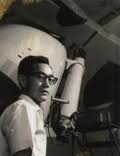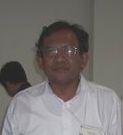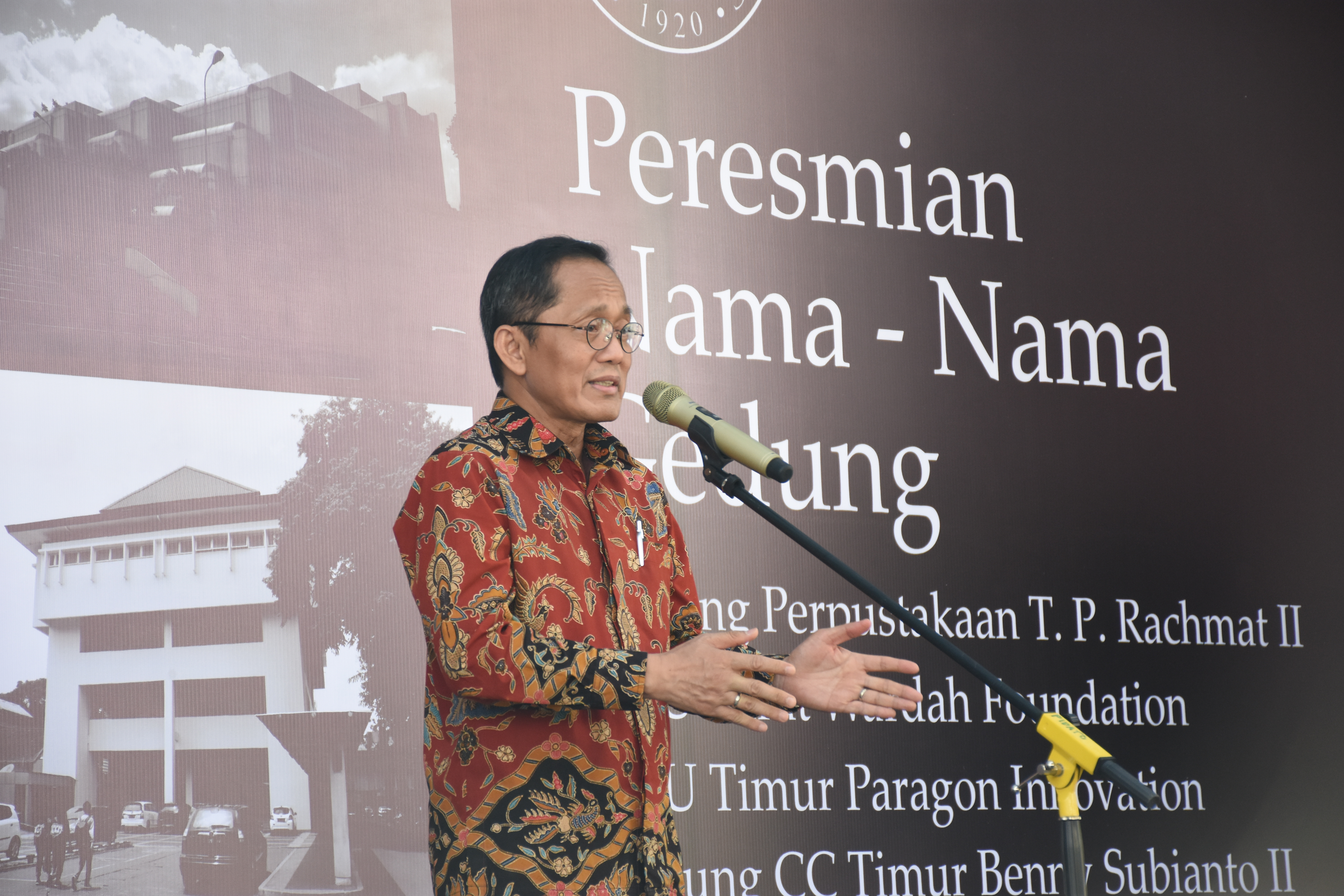Getting to Know the Four Figures Immortalized in Asteroid Names
By UKM Student English Forum
Editor UKM Student English Forum

BANDUNG, itb.ac.id - The recent naming of four asteroids over former head of Bosscha Observatory by the International Astronomical Union (IAU) prompts a better introduction to these important figures in Indonesian astronomy. The following is a short description of their achievements and personalities.
12176 Hidayat/3468 T-3
 Bambang Hidayat is a notable promotor of astronomy in this nation. Graduated from ITB's Astronomy major in 1960, he continued his education in Case Institute of Technology (now known as Case Western Reserve University) in Cleveland, Ohio, under full scholarship from USAID (United States of America Agency for International Development). He was the head of the Bosscha Observatory from 1968 to 1999, in which in those years he received various awards such as the the inauguration to the rank of professor in astronomy and the rank of vice president in the IAU. He received the Habibie Awards in 2003 for his work in astronomy researches.
Bambang Hidayat is a notable promotor of astronomy in this nation. Graduated from ITB's Astronomy major in 1960, he continued his education in Case Institute of Technology (now known as Case Western Reserve University) in Cleveland, Ohio, under full scholarship from USAID (United States of America Agency for International Development). He was the head of the Bosscha Observatory from 1968 to 1999, in which in those years he received various awards such as the the inauguration to the rank of professor in astronomy and the rank of vice president in the IAU. He received the Habibie Awards in 2003 for his work in astronomy researches.
12177 Raharto/4074 T-3
 Moedji Raharto was the head of the observatory from 1999 to 2004. His researches focused on Galaxy Structures based on the Hipparcos catalogue and IRAS-Point Source calatogue.
Moedji Raharto was the head of the observatory from 1999 to 2004. His researches focused on Galaxy Structures based on the Hipparcos catalogue and IRAS-Point Source calatogue.
12178 Dhani/4304 T-3
 Dhani Herdiwijaya was an expert on Sun Physics. He was the head of the Bosscha Observatory from 2004 to 2006. He graduated from ITB in 1988 and continued his post-graduate and doctorate studies in Kyoto University, Japan. His dissertation titled "Study of Individual Sunspot Proper Motion" was a study on sunspot motions. He was knows for his researches in double star, sun's magnetic activity and its relation to weather and climate.
Dhani Herdiwijaya was an expert on Sun Physics. He was the head of the Bosscha Observatory from 2004 to 2006. He graduated from ITB in 1988 and continued his post-graduate and doctorate studies in Kyoto University, Japan. His dissertation titled "Study of Individual Sunspot Proper Motion" was a study on sunspot motions. He was knows for his researches in double star, sun's magnetic activity and its relation to weather and climate.
12179 Taufiq/5030 T-3
 Taufiq Hidayat was the head of Bosscha Observatory from 2006 to 2010. He was known for his work in solar systems and extrasolar transits and his perseverance in opposing increased urbanization around the observatory that threatens the observatory's observational capabilities due to light pollution.
Taufiq Hidayat was the head of Bosscha Observatory from 2006 to 2010. He was known for his work in solar systems and extrasolar transits and his perseverance in opposing increased urbanization around the observatory that threatens the observatory's observational capabilities due to light pollution.

.jpg)
.jpg)


.jpg)

